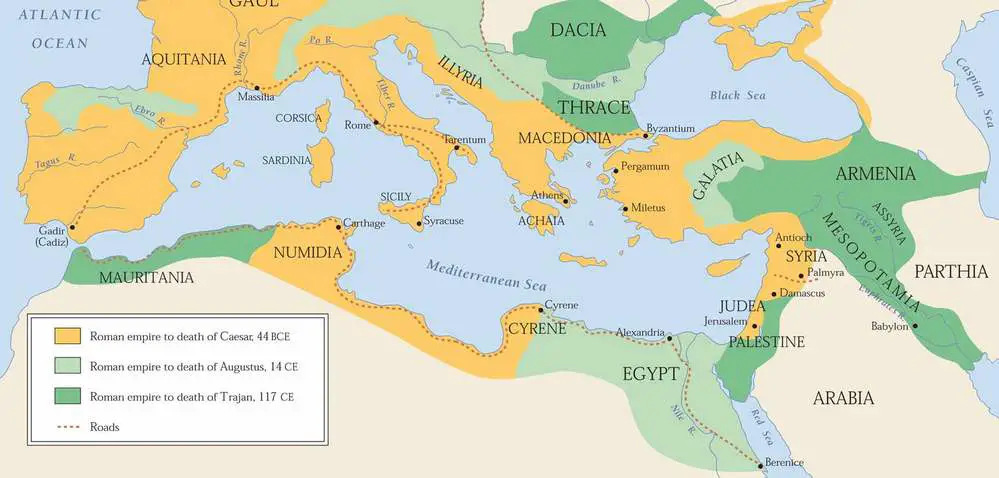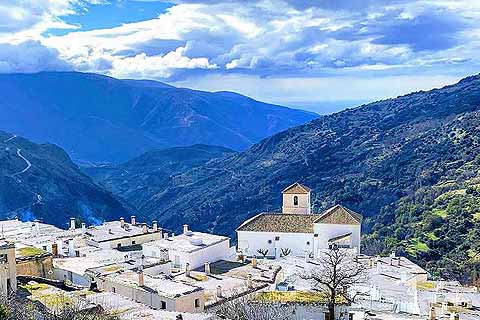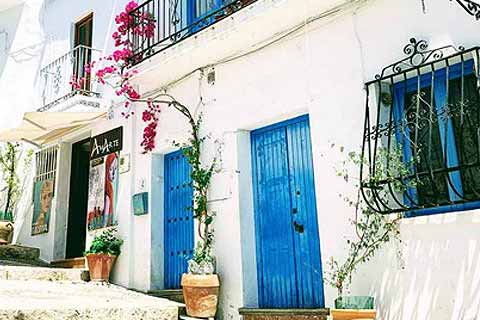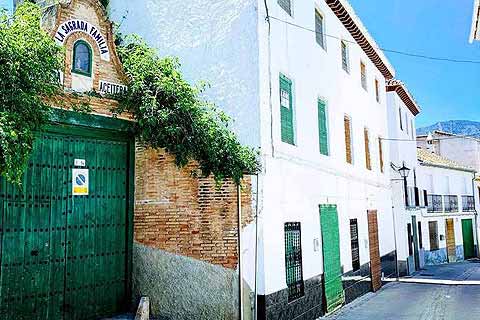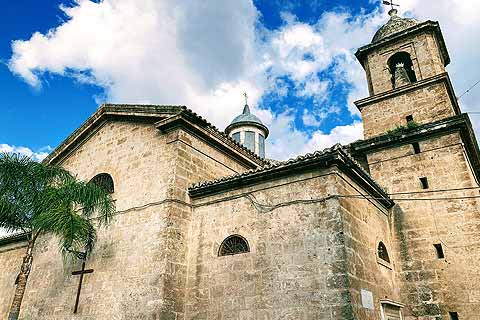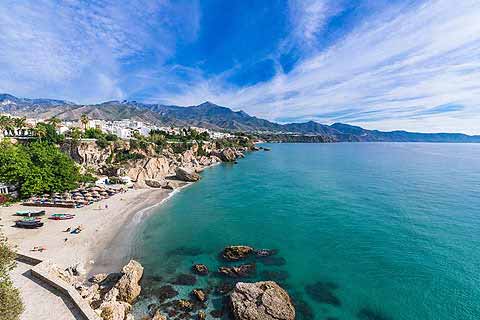Roman History of Almuñécar
In 6th century BC the Phoenicians started to be pushed out of the Iberian Peninsula and back into North Africa by the Carthaginians, a former Phoenician colony. Cadiz became the Carthaginians main settlement in Spain. These people soon came into direct conflict with the next major Mediterranean power, Rome.
The First Punic War of 264 - 241 BC was fought over Sicily between Carthage and Rome, Carthage lost. As a result, and in retaliation the Carthaginians invaded the whole of the Spanish Peninsula in 237 BC, but their power did not last long.
The Second Punic War 218 - 201 BC led the Carthaginians from Spain over the French Alps and into Italy where they intended to invade Rome. This in turn brought the Romans back into Spain eventually defeating the Carthaginians and forcing them out by way of North Africa. This began the Roman rule over Spain.
The Romans kept power in Spain for almost 600 years, but it took them at least 200 years to fight and push out the remaining tribes. By 50 AD most of the peninsula had become Romanized, save for small portions in the Basque region. This was the time of the "Pax Romana", a long period of growth, expansion and stability in the Roman Empire.
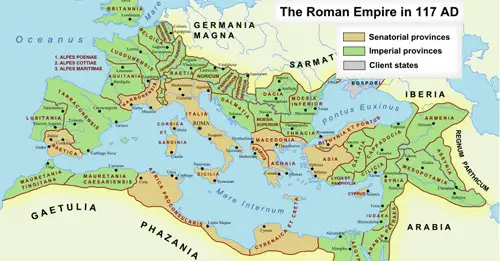
The Roman Empire in 117 AD
The height of the Roman Empire was between 31 BC - 1461 AD. It represents the period of time during and after the reign of the first Roman emperor, Augustus and was characterized by its large land holdings throughout Europe and the Mediterranean. One of the other major characterizations of the Roman Empire was its move to an autocratic form of government which means one ruler held power exclusively over the empire.
At its peak the Roman Empire controlled approximately 5,900,000 km² (2,300,000 sq mi) of land surface. Because of the Empire's vast extent and long endurance, Roman influence upon the language, religion, architecture, philosophy, law, and government of nations around the world lasts to this day.
Roman Almuñécar
Almuñecar was declared a Roman township in the year 49 BC and given the name "Firmum Iulium Sexi" or "Sex". When the Romans came to Almuñecar the Phoenician fish salting factory was still in use, it was during the Roman times that this economic activity flourished and enjoyed many heights.Rome brought to Spain, a road system, aqueducts, theaters, temples and the basis for its legal system and language. Spain gave to the Roman Empire gold, silver, grain, wine and another notable export "Garum" (made in Almuñecar). Garum was a fermented fish sauce condiment that was an essential flavor in ancient Roman cooking, it derives its name from the Greek word gáron, the type of fish used in its procurement.
The Romans exported this delicacy from Almuñecar to the entire Roman Empire. A portion of the remains of the fish salting factory can be seen today in the Majuelo Botanical Park, they were unearthed during the excavations in the 1970's and 1980's. Part of the factory still lies hidden beneath the park.
Due to its success with Garum exportation and its salting factory, Almuñecar experienced much prosperity during the Roman times. It was during this period that the Romans constructed the extraordinary Aqueduct in Torrecuevos (Almuñecar), which is still in use today.
Roman monuments to visit in Almuñécar
Already mentioned are the Fish Salting Factory and the Roman Aqueduct.Other Roman contributions to the area include: La Cueva de Siete Palacios, home to the
municipal museum, and two roman burial grounds found on the outskirts of town; La Albina and
La Torre del Monje.
